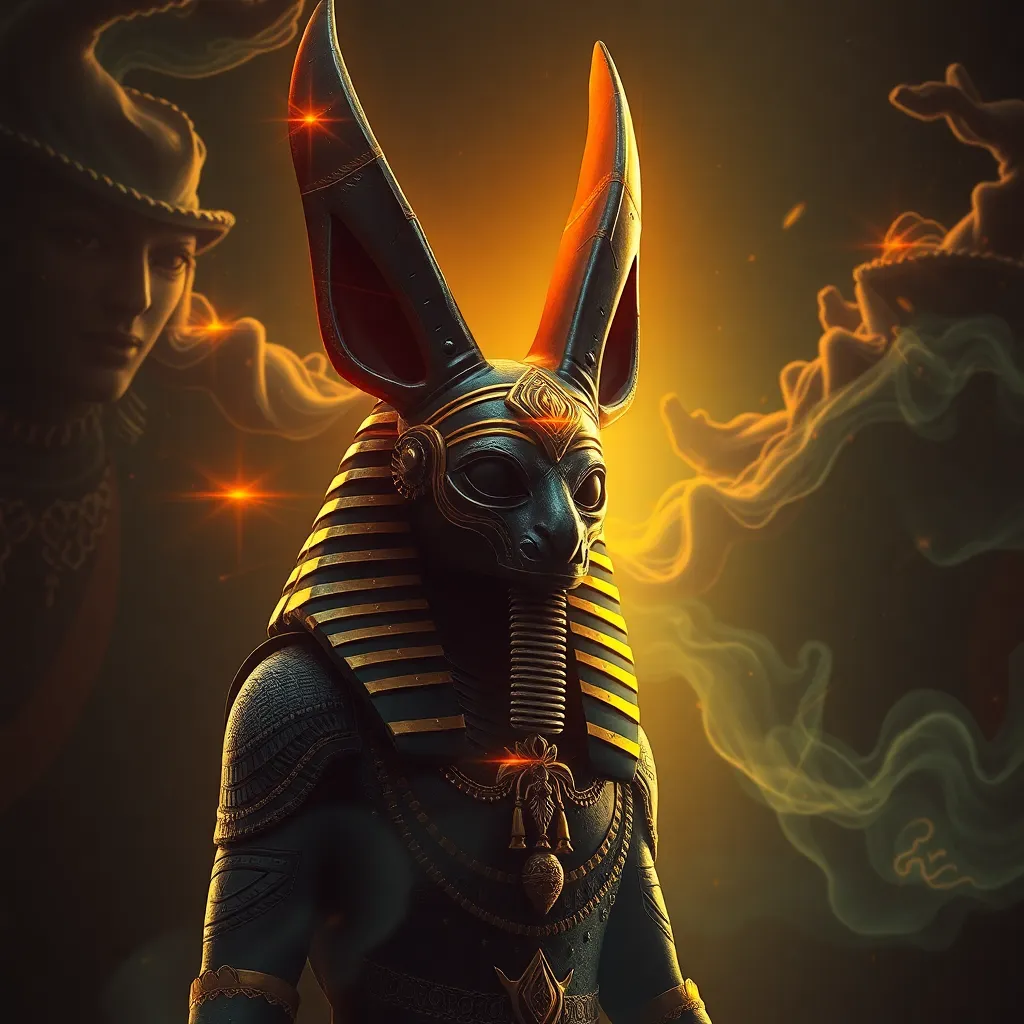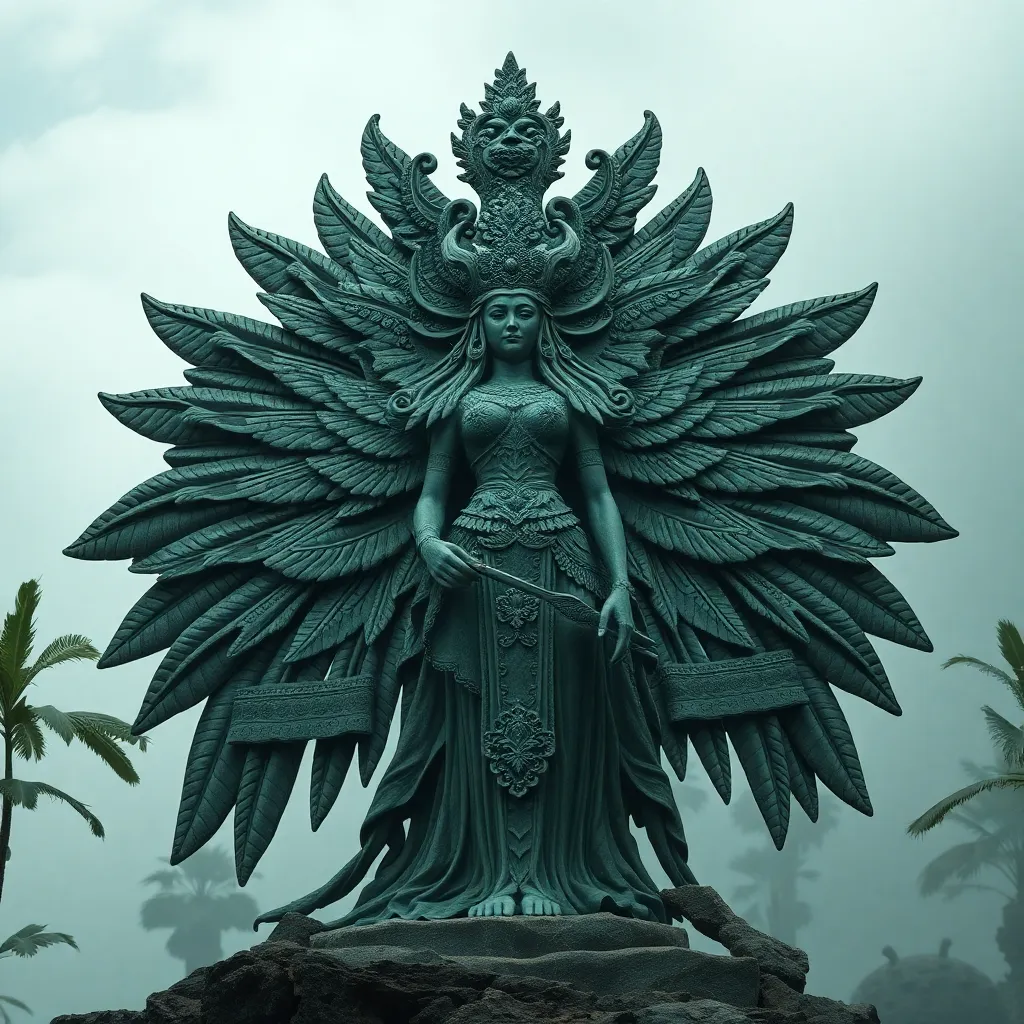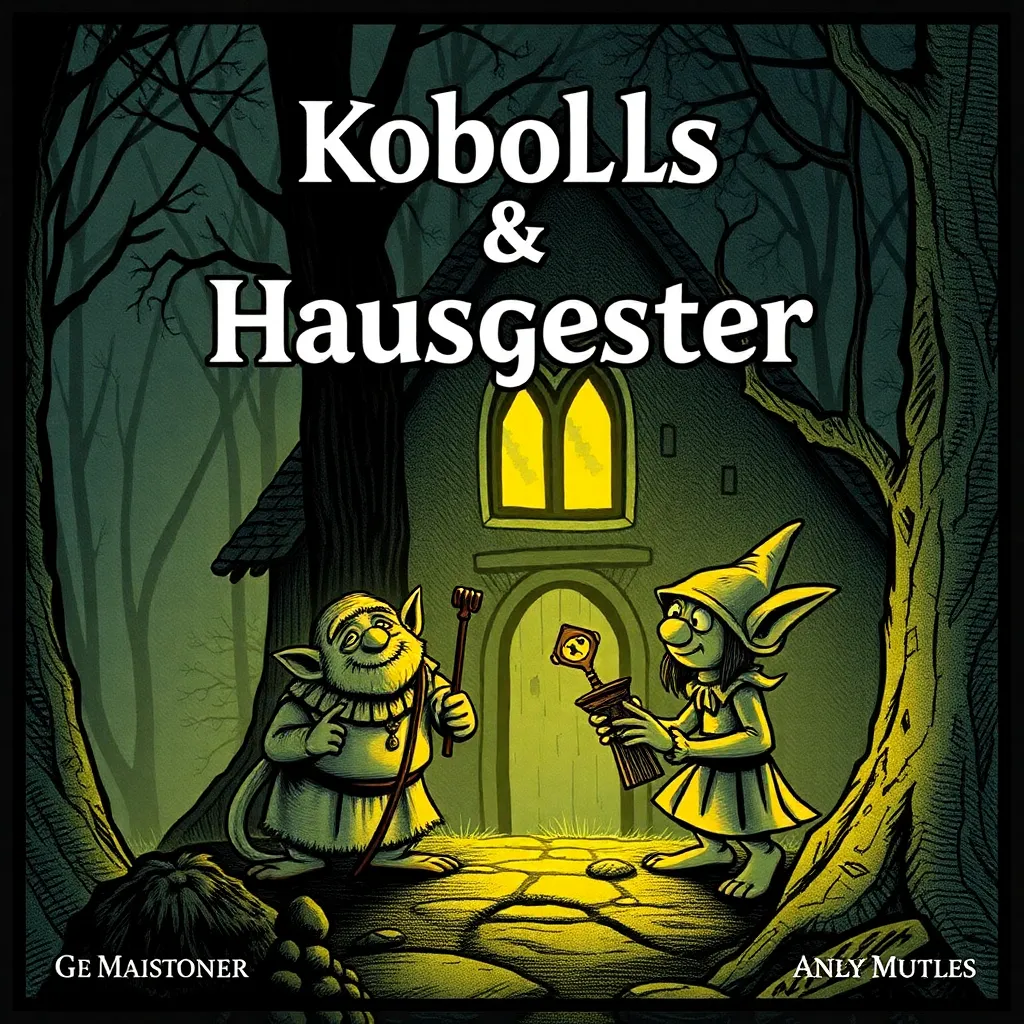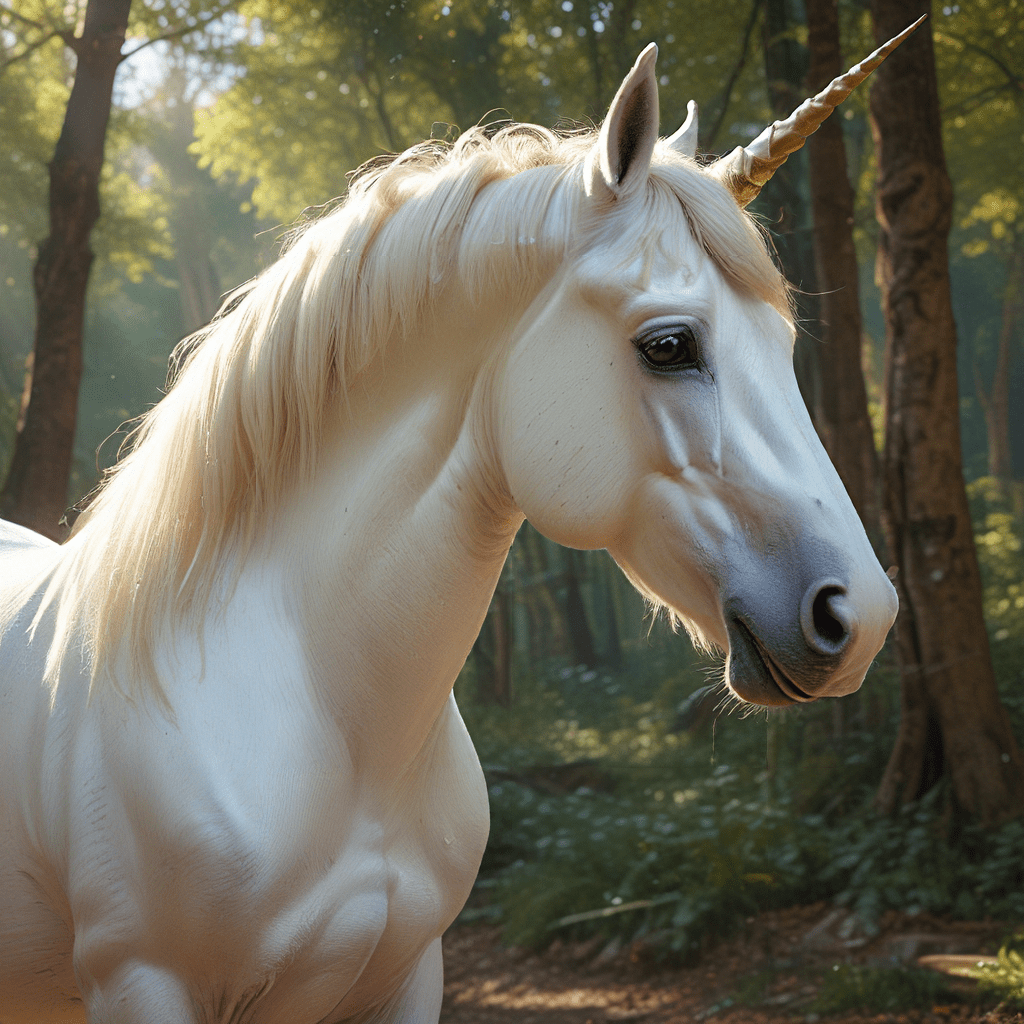Anubis: The God of the Dead and the Mystery of the Afterlife
I. Introduction
Anubis is one of the most recognizable figures in Egyptian mythology, often depicted as a jackal or a man with a jackal’s head. He is primarily known as the god of the dead and the afterlife. Anubis holds a critical place in the ancient Egyptian belief system, where death was viewed as a transition rather than an end. The importance of Anubis lies in his role as a protector and guide for souls navigating the afterlife.
This article aims to explore Anubis’ multifaceted role and significance within the context of Egyptian mythology, examining his historical background, iconography, and the cultural practices associated with him.
II. Historical Background of Anubis
The origins of Anubis can be traced back to the early dynastic period of ancient Egypt, around 3100 BCE. Initially, he was worshipped as a funerary deity associated with the dead and burial practices. Over time, Anubis evolved into a more complex figure, embodying the dual aspects of protection and judgment.
Anubis’ characteristics and symbolism have changed throughout Egyptian history. He was often depicted as a guide for the deceased and a protector of tombs. His association with mummification and the ritualistic preparation of bodies for the afterlife solidified his role in funerary practices.
In ancient Egyptian funerary customs, Anubis was crucial in the process of mummification, ensuring that the deceased were preserved and prepared for the journey into the afterlife.
III. Iconography and Representation
Anubis is typically represented in art as a man with the head of a jackal, a creature often associated with cemeteries and the dead. His black color symbolizes the fertile soil of the Nile, representing rebirth and regeneration, as well as the color of the mummified bodies.
Symbolic meanings behind his imagery include:
- Jackal: Represents vigilance and protection, as jackals were often seen scavenging in graveyards.
- Black Color: Symbolizes fertility, regeneration, and the afterlife.
Artistic depictions of Anubis can be found in tombs, temples, and various artifacts, showcasing his significance in both religious and cultural contexts. These representations often illustrate the care and reverence ancient Egyptians had for the dead.
IV. Role in Death and the Afterlife
Anubis serves as the protector of the dead, guiding souls through the treacherous journey of the afterlife. His role extends to overseeing the mummification process, ensuring that the body is preserved so that the soul can recognize it in the afterlife.
One of the most critical aspects of Anubis’ role is during the Weighing of the Heart ceremony, a pivotal event in the judgment of souls. In this ceremony:
- The heart of the deceased, believed to be the seat of the soul, is weighed against the feather of Ma’at, the goddess of truth and justice.
- Anubis stands as the judge, determining whether the soul is worthy of entering the afterlife.
- If the heart is lighter than the feather, the soul is granted passage; if heavier, it faces annihilation by the devourer, Ammit.
V. Anubis in Mythology and Literature
Anubis appears in several key myths and stories in ancient Egyptian literature. One significant myth involves the resurrection of Osiris, where Anubis plays a crucial role in preparing the body of Osiris for his return to life.
In terms of relationships with other deities, Anubis is often associated with:
- Osiris: The god of the afterlife, whom Anubis helps in the resurrection process.
- Isis: Osiris’ wife, who also plays a role in the cycle of death and rebirth.
Anubis is frequently mentioned in ancient texts and inscriptions, highlighting his revered status among the pantheon of Egyptian gods.
VI. Cultural Significance and Worship
Anubis was widely worshiped in ancient Egypt, with rituals dedicated to him being integral to funerary practices. Temples and shrines were constructed in his honor, where priests would perform rituals to appease him and ensure safe passage for the deceased.
Some rituals included:
- Offering food and incense to Anubis.
- Reciting prayers and spells to invoke his protection over the dead.
The legacy of Anubis extends into modern culture, where he is often referenced in literature, film, and spiritual practices. His enduring image as a guardian of the afterlife continues to captivate the imagination of people around the world.
VII. The Mystery of the Afterlife
The ancient Egyptians had complex beliefs about the afterlife, viewing it as a multi-staged journey. Anubis’ role was to guide souls through this journey, ensuring they reached their final destination safely.
Key aspects of Egyptian beliefs about the afterlife include:
- The journey through the Duat (the underworld).
- The importance of the heart in determining one’s fate.
- The concept of eternal life in the Field of Reeds for the worthy.
When compared to other cultures, such as the Greeks and Romans, who also had their own deities of the underworld, the Egyptians maintained a unique focus on the preservation of the body and the importance of proper burial rites.
VIII. Conclusion
Anubis is a central figure in Egyptian mythology, representing the complex relationship the ancient Egyptians had with death and the afterlife. His significance as a guardian and guide for souls underscores the importance of funerary practices in their culture.
The legacy of Anubis endures in contemporary society, illustrating humanity’s ongoing fascination with the mysteries of death and the afterlife. As we reflect on Anubis’ role, we are reminded of the timeless questions surrounding existence, mortality, and the journey that lies beyond.



